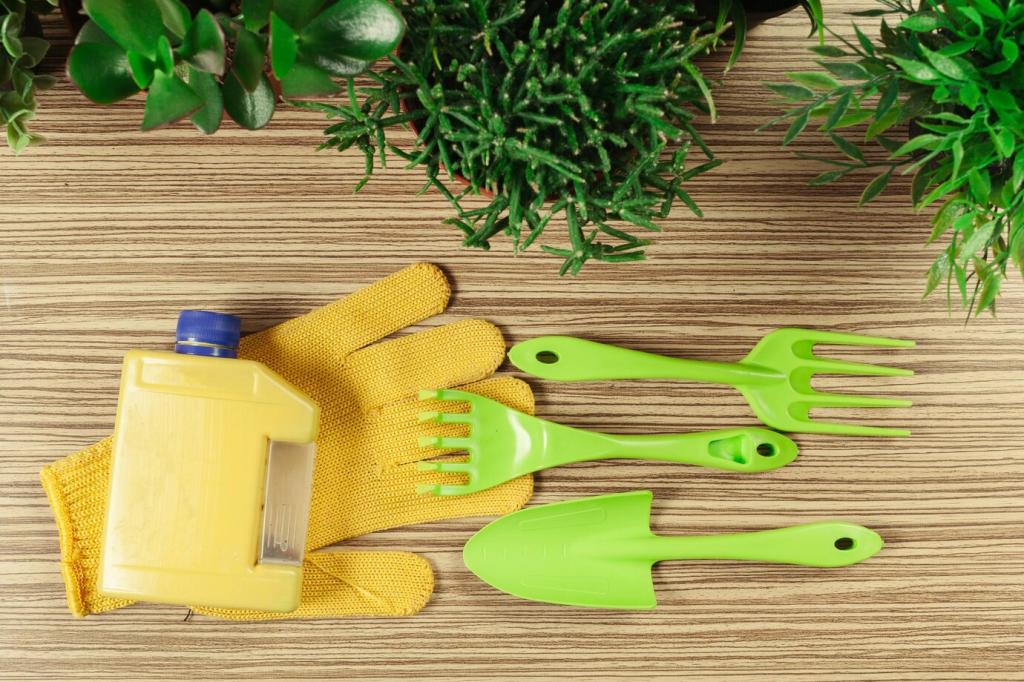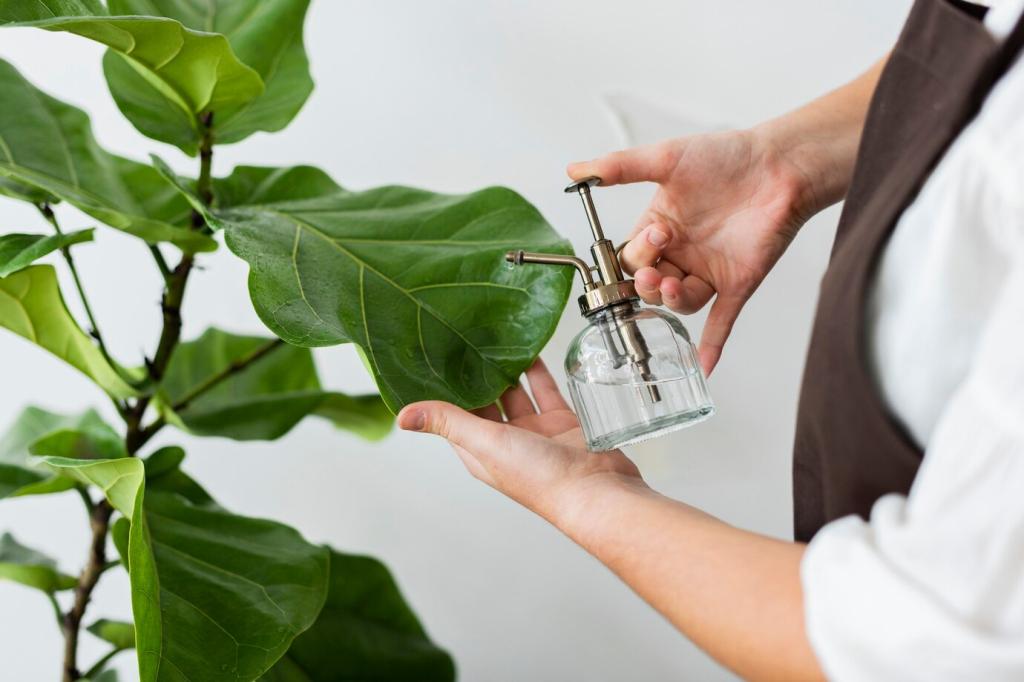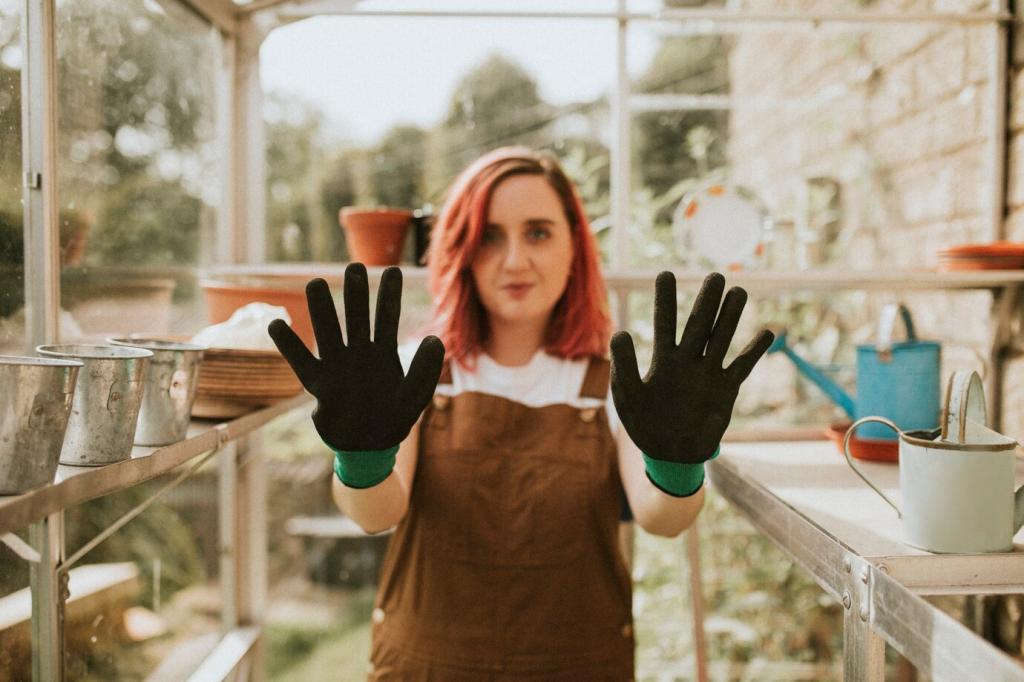Today’s chosen theme: Using Essential Oils for Furniture Maintenance. Discover natural blends, safety-first tips, and real-home stories that bring out the best in wood, leather, and textiles. Stay with us, subscribe for future guides, and share your favorite scents as you care for your cherished pieces.
Why Essential Oils Belong in Your Furniture Care Kit
Nature’s polish in a bottle
Plant essences like lemon, orange, and cedarwood contain natural solvents and terpenes that lift fingerprints, melt light grime, and leave wood gleaming. Paired with gentle carriers, they create a breathable luster, unlike heavy silicone sprays, inviting touch and a healthy, subtle sheen.
Aromas with benefits
Lavender calms, sweet orange brightens, and cedarwood grounds a room, turning routine dusting into a restorative ritual. These aromatherapeutic effects encourage consistent care, while the oils’ antimicrobial properties help keep surfaces fresher between cleans, especially on frequently handled pieces like chair arms and cabinet pulls.
Sustainable shine
Using minimal, reusable materials—cloths, glass bottles, and concentrated drops—reduces waste and avoids harsh petroleum-based polishes. Essential oils are potent, so a little goes a long way, saving money over time while keeping your furniture’s finish safer and your indoor air pleasantly clear and inviting.



Recipes for Wood: Polish, Conditioner, and Quick Refresh
Combine two tablespoons sweet almond oil, one tablespoon white vinegar, ten drops lemon, and five drops sweet orange. Shake in a glass bottle, apply a few drops to a cloth, and buff along the grain. The citral-rich citrus cuts grime while vinegar lightly brightens, leaving a sunny, uplifting finish.
Warm one tablespoon jojoba with one teaspoon beeswax until just melted, then stir in five drops cedarwood and two drops sandalwood. Cool before use. Massage a minimal amount into thirsty wood, wait ten minutes, and buff dry. The woods’ resinous notes linger while the wax adds protective, satin depth.
Mix a half cup distilled water with two teaspoons witch hazel and four drops lavender in a fine-mist sprayer. Lightly mist a microfiber cloth—not the table—then wipe in steady passes. This gently lifts smudges between meals without over-wetting, and the floral calm turns quick resets into a pleasant pause.
Fabric deodorizer with gentleness
In a spritzer, combine a half cup distilled water, a teaspoon grain alcohol, three drops tea tree, and three drops lemon. Mist the air above fabrics and let it settle. Tea tree combats lingering odors while lemon brightens. Always test colorfastness first and avoid soaking cushions or delicate weaves.
Leather balm with character
Blend one tablespoon fractionated coconut oil with one teaspoon beeswax, three drops cedarwood, and one drop patchouli. Apply sparingly to clean leather, then buff. This nourishes without shine overload, revives small scuffs, and leaves a subtly smoky, warm aroma that suits well-loved armchairs and vintage travel trunks alike.
Curtains and textiles: misting the air, not the fibers
Create a room spray with water, a splash of alcohol, and five drops lavender. Spray into open space so microdroplets drift lightly through the room. The scent refreshes curtains indirectly while preventing watermark rings, making weekend resets feel serene, mindful, and surprisingly quick between deeper seasonal washes.
Anecdotes and Real-Home Wins
A reader shared how a cedarwood and orange polish restored luster to a 1950s radio cabinet inherited from his grandfather. The gentle scent carried memories of pipe tobacco and autumn shops, proving that the right blend can honor heritage while revealing a glow hidden beneath time and fingerprints.

Troubleshooting and Myths
When shine turns sticky
Stickiness usually signals too much oil or insufficient buffing. Switch to lighter carriers, reduce drops by half, and extend your final buff with a clean cloth. If residue persists, wipe with a barely damp vinegar-water cloth, dry thoroughly, and reapply sparingly. Less is often beautifully more.
The citrus confusion: photosensitivity vs furniture safety
Photosensitivity warnings refer to skin, not wood; however, citrus oils can interact with some waxes and soft finishes. Keep dilutions mild, buff completely, and avoid direct application on freshly refinished surfaces. When in doubt, spot-test and ask your finisher what topcoat you’re dealing with before using citrus.
Essential oils and varnishes: friends or frenemies?
Well-cured polyurethane and varnish tolerate light, well-buffed blends. Shellac and old wax finishes can soften if over-oiled. Respect cure times on new finishes—often weeks—use minimal amounts, and prioritize dusting before polishing. The goal is to enhance, not saturate, the protective layer already doing important work.
Your Routine: Seasonal Care and Mindful Moments
Keep a labeled microfiber and your go-to polish handy. Each weekend, scan for water rings, crumbs, and fingerprints, address them gently, and reward yourself with the uplifting scent. Tiny, consistent care prevents heavy scrubbing later and keeps finishes resilient through busy, real-life days.

